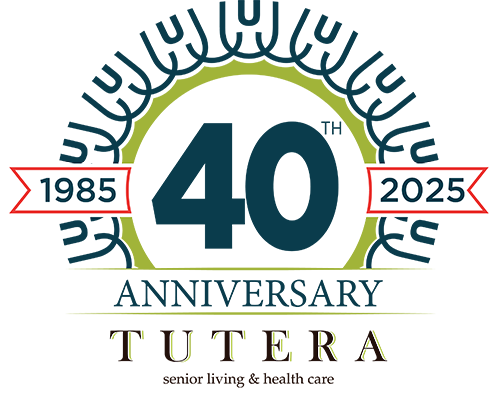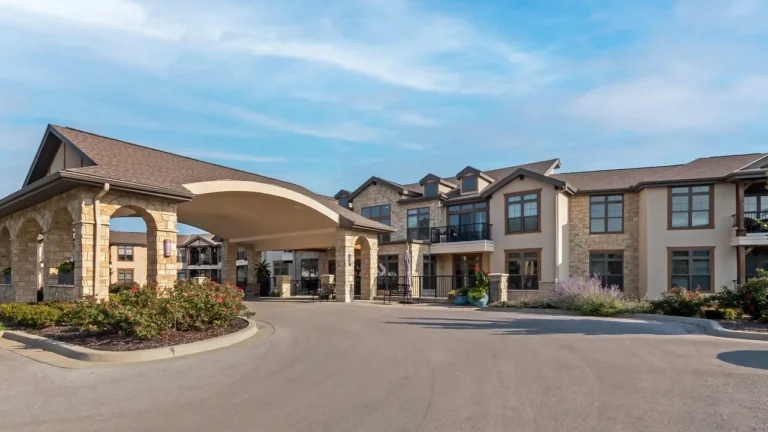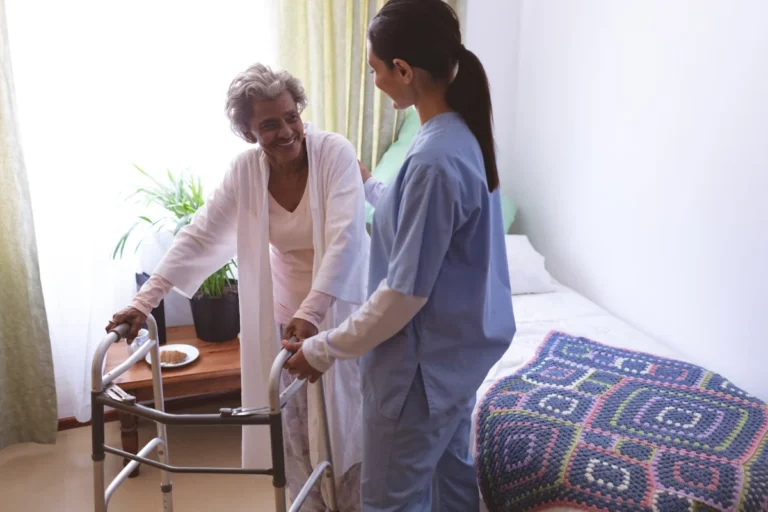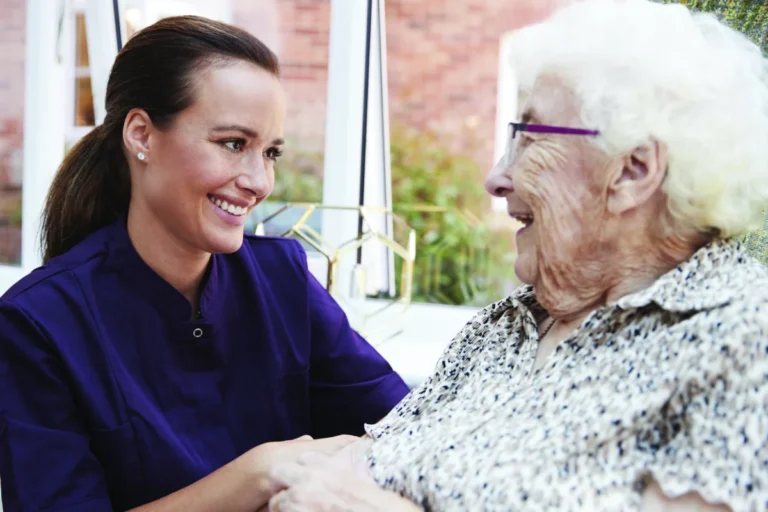November is National Diabetes Month, and it is a perfect time to shed light on the chronic disease and learn how diabetes affects older adults. Did you know that seniors are more likely to develop diabetes as they get older? According to the Centers for Disease Control and Prevention (CDC), roughly six million Americans aged 65 and older have diabetes, with another 23 million seniors classified as being prediabetic. Unfortunately, many seniors currently living with diabetes don’t even know they have it. But left untreated, diabetes can cause serious health problems, affecting the kidneys, heart, brain and eyes.
It’s vital to understand the first signs and symptoms of diabetes in seniors, as it could help you or a loved one live a longer, healthier life.
What Types of Diabetes are There?
There are 2 chronic types of diabetes:
Type 1
Occurs when the body’s own immune system starts targeting the insulin-producing cells in the pancreas. The resulting damage causes the pancreas to release little or no insulin, which is why type 1 diabetics must take insulin daily to survive.
Type 2
The pancreas produces plenty of glucose, but it is not used efficiently – a condition known as insulin resistance. As blood sugar levels rise, a person usually experiences symptoms. However, some type 2 diabetics remain asymptomatic and don’t realize they have it until much later.
The National Institute on Aging explained that while the onset of type 1 diabetes usually begins early in life, type 2 diabetes is most often diagnosed in middle-aged and older adults.
During National Diabetes Month, we want to emphasize the importance of identifying these five common warning signs of type 2 diabetes.
- Frequent urination
One of the most obvious signs of type 2 diabetes is the need to use the bathroom more often than usual. This happens because diabetics have excess glucose in their blood, and the kidneys discard it in the form of urine. This results in the production of more urine than a healthy system makes. - Sudden weight loss
Because of type 2 diabetes, the body’s cells don’t get enough glucose for energy. As a result, the body can turn to breaking down its stored fat for energy. Serious weight loss that is unintended is most common when the type 2 diabetes goes undetected for a long period of time. - Fatigue and exhaustion
According to health experts, when people are affected by diabetes, their muscles resist insulin and don’t get a sufficient amount of glucose to keep the body energized. As fatigue is also a symptom of low iron levels and several other prevalent illnesses, it’s important to notice if the fatigue you or a loved one are experiencing is accompanied by other side effects associated with diabetes.
- Blurred vision
When blood sugar levels are elevated, the amount of fluid in the lenses of the eyes is low. The lenses are usually able to bend when necessary, but diabetes reduces the membrane’s ability to move with ease. This is what makes it difficult for the eyes to focus. - Infections
If you or a loved one have reported having frequent infections, especially those that impact the bladder or feet, consider getting tested for diabetes. When blood sugar levels are high, yeast and bacteria multiply, making infections more likely.
Older adults living with uncontrolled diabetes are at an increased risk for heart disease and stroke, kidney damage, vision and hearing loss, poor blood circulation, foot problems and other health issues. If you or a loved one is experiencing one of more of the signs stated above, it is vital to be examined by a doctor who can then order blood and urine tests.
How An Assisted Living Community Can Help Seniors Manage Diabetes
There are many elements that factor into effective diabetes care. These may include daily medication or insulin injections, tracking blood glucose levels, dietary restrictions and daily physical activity. When these tasks are maintained, older adults with diabetes can manage their condition and live a long, healthy life.
Senior living communities offer seniors a retirement they deserve while promoting independence and ensuring proper care. At Rose Estates, residents receive nutritious meals planned by certified dietitians and prepared by a team of chefs. The community also features a fitness center led by professionals to help plan a customized exercise routine to help you meet goals such as losing weight.
It’s increasingly important for seniors with diabetes to be vigilant about their care. They also need to prevent infections and illness, adjust their lifestyle to match health changes, and maximize overall wellness. However, keeping up with all of that can become difficult for older adults, especially if they’re living alone.
At Charlton Place, care teams partner with you, your physician and your family to ensure your needs are met. The assisted living community offers experienced, quality senior care along with modifications designed to support independence and comfort.
About Tutera Senior Living & Health Care
Tutera Senior Living’s assisted living communities offer services that make it easier to maintain an active lifestyle, while supporting residents’ needs. We are committed to creating the best possible experience for each and every resident. We operate under a YOUNITE philosophy, which means we focus on your needs, your preferences and your goals. On a daily basis, we:
- Enable your healthy-as-possible outcomes
- Encourage your continued personal growth
- Empower you to direct and control your daily living
Interested in finding a Tutera Senior Living community near you? Use our community finder tool to see how close we are to you. Have questions or concerns? We would love to talk. Call us today to get answers, reassurance and support.







